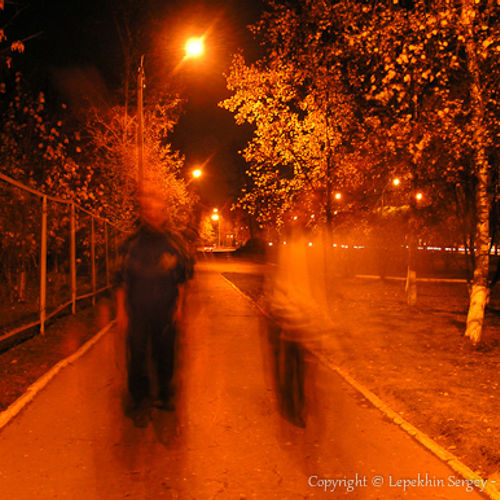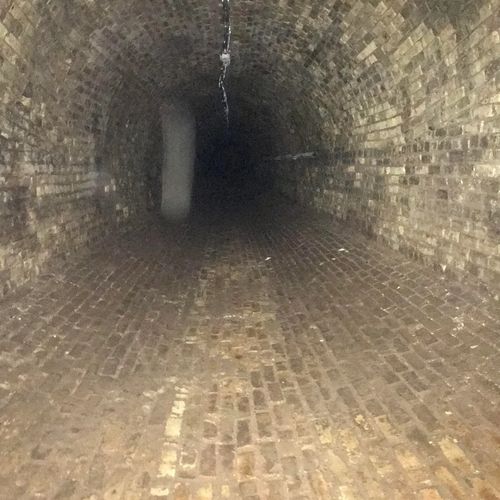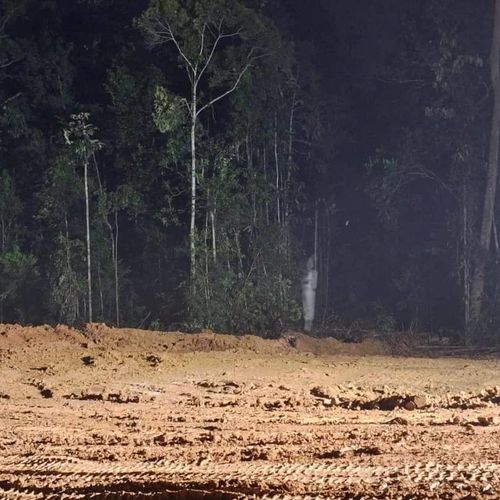| ID | #1696410788 |
| Added | Wed, 04/10/2023 |
| Author | July N. |
| Sources | |
| Phenomena | |
| Status | Hypothesis
|
Initial data
One of the most famous ghost stories in St. John's, Newfoundland, includes a photograph on display in the Anglican Cathedral on Church Hill. The wooden Anglican parish built on this site was built in 1699, making it the oldest Anglican parish in Canada. The construction of the stone Cathedral of St. John the Baptist began in 1843. It was destroyed during the Great Fire of 1846. The construction of the current cathedral began in 1847.
It is said that somewhere during the construction around 1850, one of the masons fell to his death on the ground. Upon completion of the construction, the masons were photographed in front of the church in their best Sunday attire.
The photo shows bricklayers, but a bricklayer who crashed to his death also appeared in the photo.
This painting is on display in the Cathedral Museum. To add to the creepy factor of this church, it is impossible to count the number of bodies buried in the cemetery dating back to 1699. The bodies were buried one on top of the other. Some suggest that more than 20,000 people are buried on these lands. Given the movement of the earth, as well as frost and thaw throughout winter and spring, bones can often be found unearthed and lying on the sidewalk in front of the cemetery bordering Duckworth Street.
Original news
by Meg111421
Anglican Cathedral of St. John the Baptist
One of the more famous ghost stories of St. John’s, Newfoundland includes a photo that is displayed in the Anglican Cathedral on Church Hill. The wooden Anglican parish erected on this site dates back to 1699, making it the oldest Anglican parish in Canada. Construction of the stone Cathedral of St John the Baptist began in 1843. It was destroyed in the Great Fire of 1846. Construction of the present Cathedral began in 1847. It is said that sometime during construction around 1850, one of the stone masons fell to his death. Upon completion of the nave, the masons took a photograph in front of the church in their Sunday best. The photo depicts the masons, but the mason who fell to his death also showed up in the photo. This picture is on display in the Cathedral museum. To add to the creepy factor of this church, it’s impossible to count the number of bodies buried in the cemetery, dating back to 1699. Bodies were buried one on top of the other. Some speculate over 20,000 buried on these grounds. Given the movement of the ground, and the frost and thaw through winter into spring, it’s common to find bones unearthed and laying on the sidewalk in front of the cemetery that borders Duckworth Street.
Hypotheses
Illusions associated with the refraction and reflection of light

Reflection is a physical process of interaction of waves or particles with the surface, changing the direction of the wave front at the boundary of two media with different properties, in which the wave front returns into the medium from which it came. The reflection may be specular (that is, such as is observed when using a mirror) or diffuse (in this case, the reflection is not saved the path of the rays from the object, but only the energy component of the luminous flux) depending on the nature of the surface.
Multiple exposure or multiple exposure

A special device, which is that the same frame is exposed ("photographed") several times.
Objects in motion, captured on a long exposure

Most often this artifact is called skayfish if the lens gets a passing bird or insect. It is based on the discrepancy between the speed of the video and the frequency of the flapping of insect wings. Essentially, each video drops a few strokes of the wings of an insect, which when viewed looks like "arrow", provided with long protuberances. The motion of the insect by its translucent body seems to "boom" and vibration of the wings give the appearance of bumps.
Investigation
Resume
Similar facts
Log in or register to post comments









